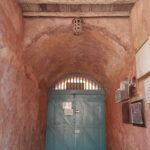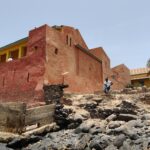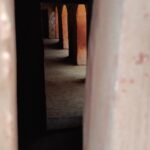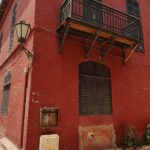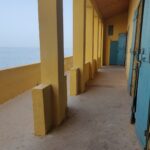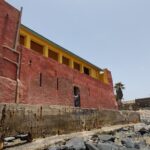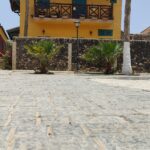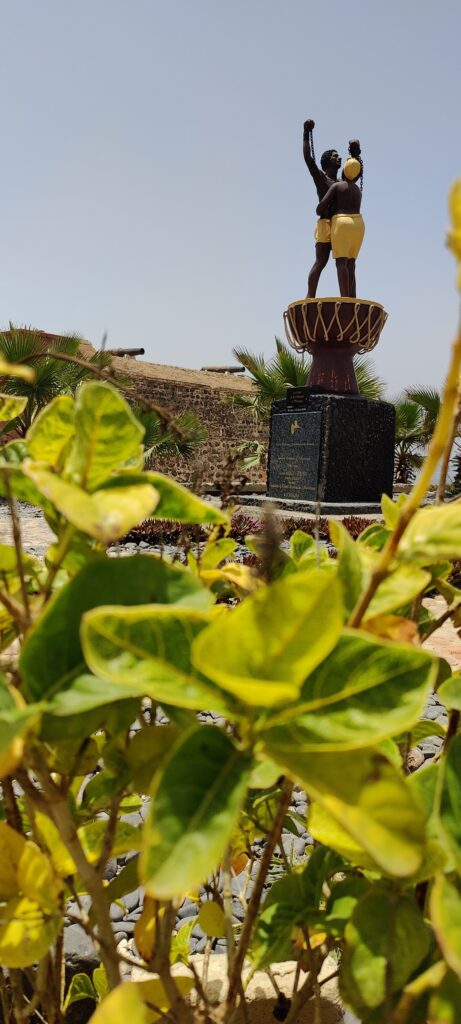
The House Of Slaves
The Gorée Island bears witness to a once-in-a-lifetime human event. In fact, for the general conscience, this "island of memory" is a symbol of the slave trade, triggered by suffering, tears, and death.
The house of slaves in Gorée Island, Dakar, Senegal was constructed by the Dutch in 1776. It was the largest slave trading center during four centuries from the 15th to the 19th century. Slaves were kept for domestic use; however, the main activity was to sell them overseas, it is estimated that 26,000 slaves passed through The Door of No Return located which is located at the back of the slaves’ house. The house of slaves in Gorée Island still serves as a remainder of human exploitation, also as a sanctuary for reconciliation. At first glance, the building is deceptive, with plastered walls painted in yellow and brownish tones. Two stairwells lead from a small courtyard to a well-ventilated area on the second floor. However, below that are cells where human beings were stored. The cells are each less than a few meters wide. Entering there means returning to the depths of dark and dark history.
Virtual Tour
Explore the digital tour of The House of Slaves, and get a idea of the location.


